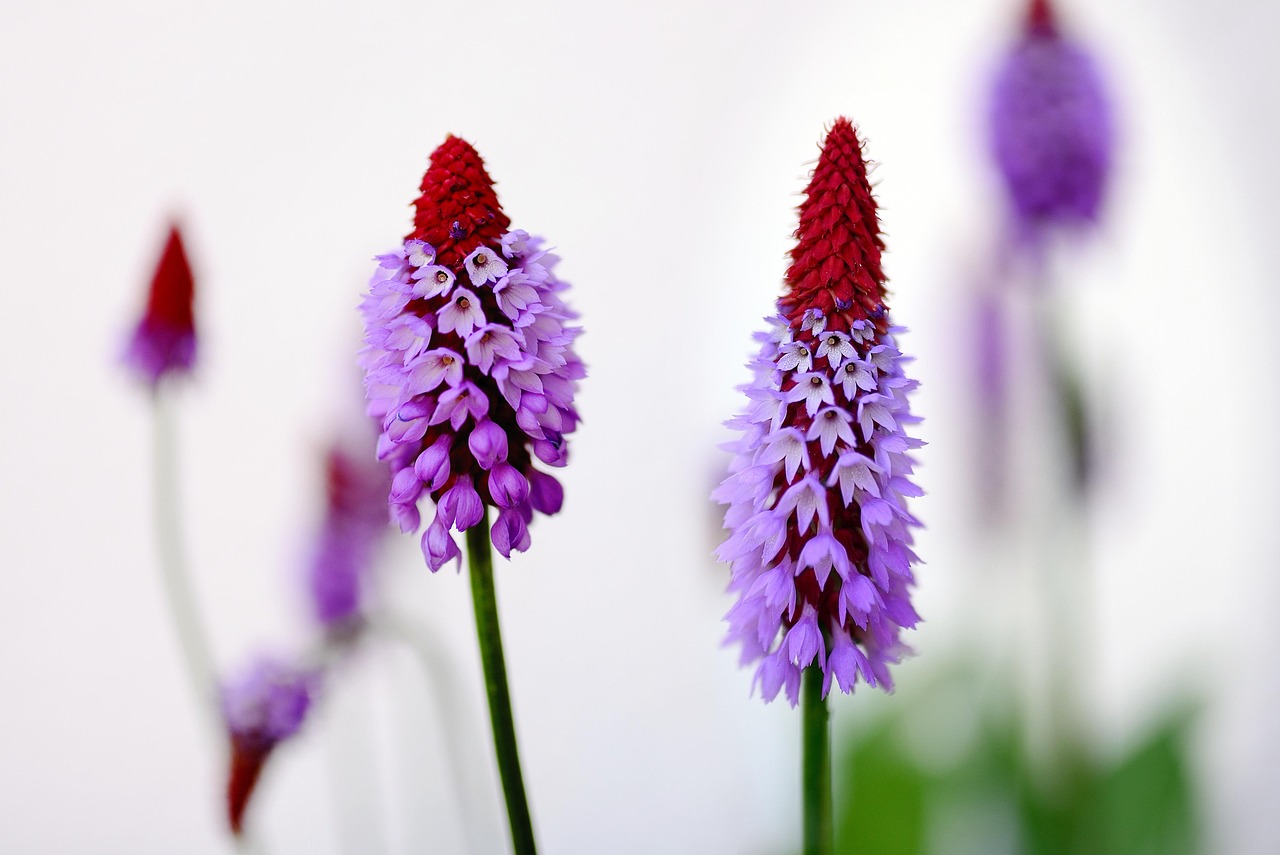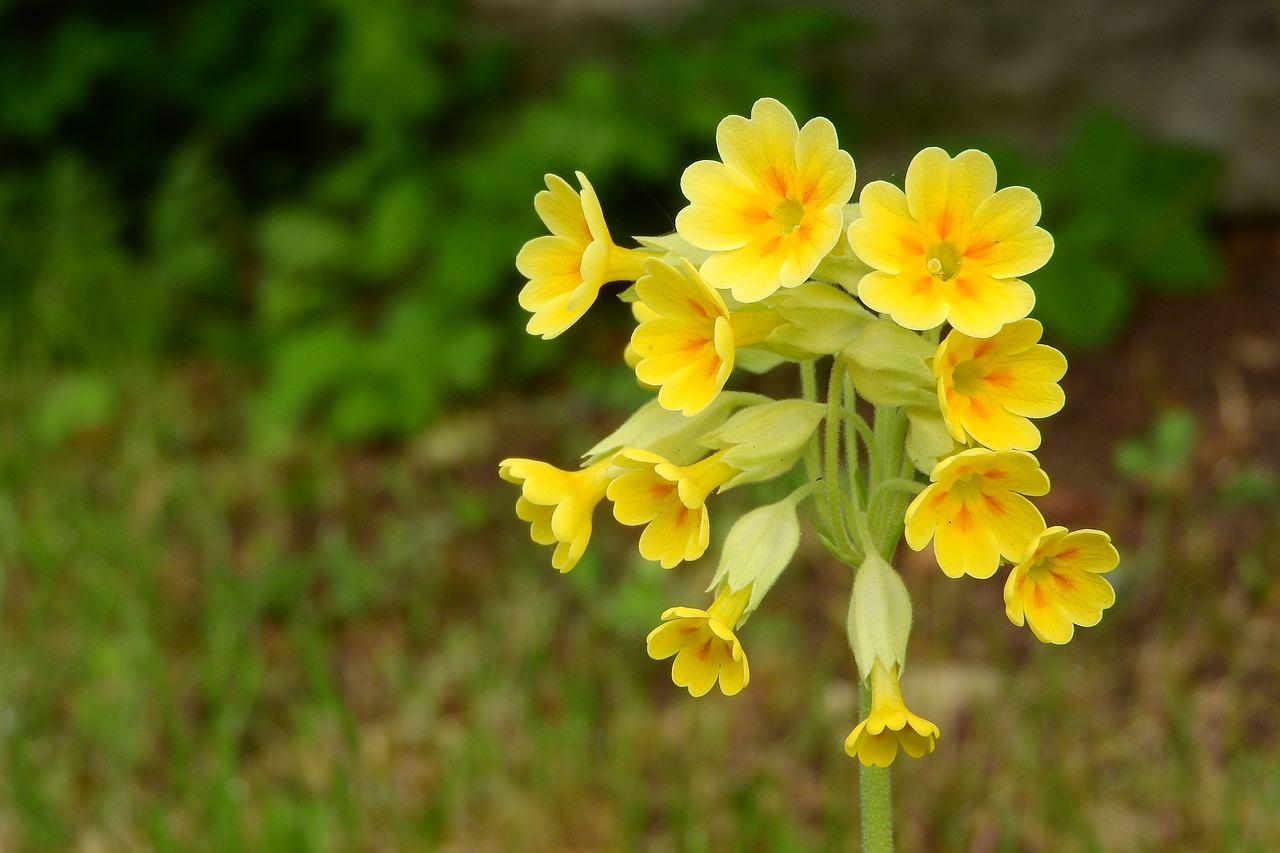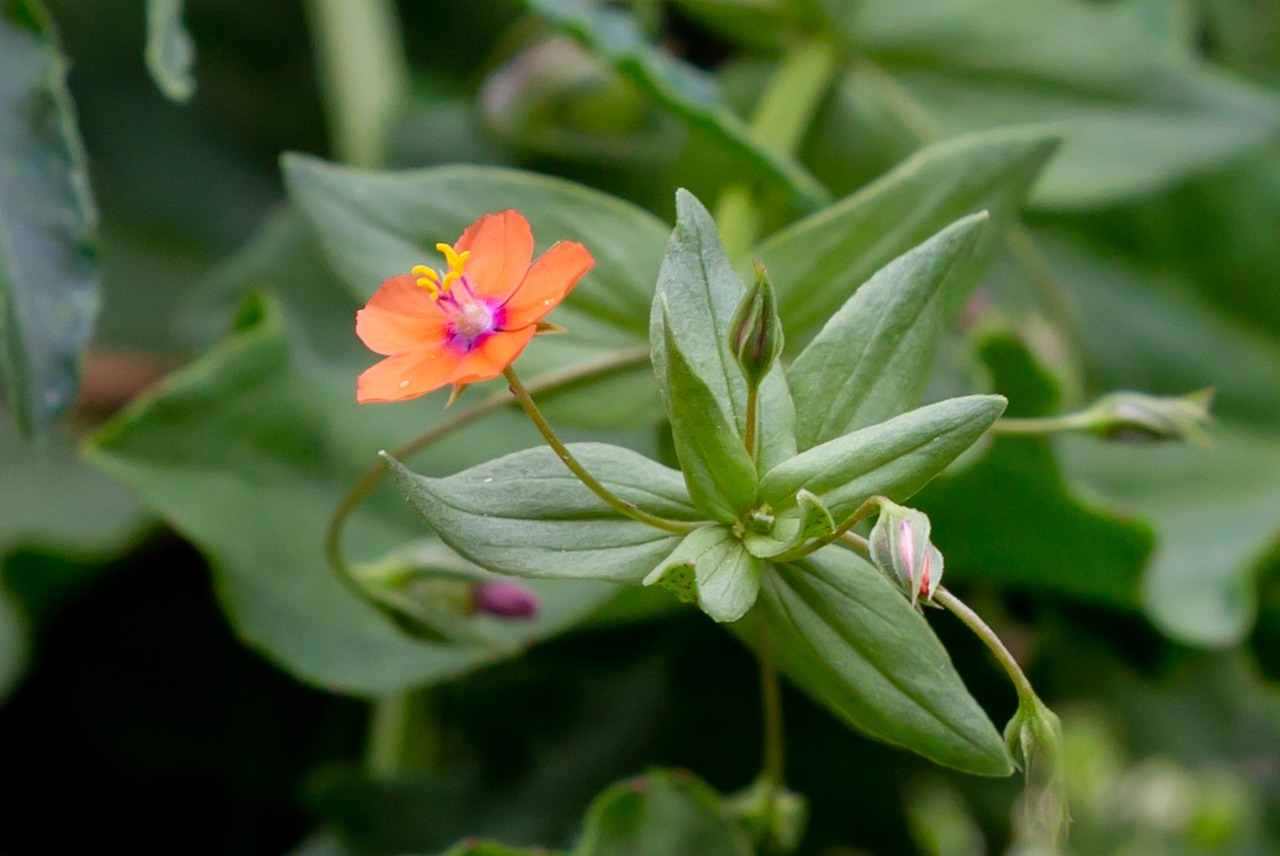Primula vialii: Features and Care

Primula vialii is a perennial plant known for its unique, cone-shaped flower spikes that appear in early summer. Its vivid reddish-purple buds and soft pink blooms create a striking gradient, making it a popular accent plant among garden enthusiasts.
This article introduces its basic characteristics, cultural and historical background, and care tips.
Basic Information
- Scientific name: Primula vialii
- Family: Primulaceae
- Origin: Southwestern China (Yunnan Province and Tibetan Plateau)
- Appearance: Rosette-shaped leaves grow at the base, and in early summer, upright flower spikes emerge bearing reddish-purple buds. As they bloom, the upper parts turn pink, creating a notable two-tone effect.
- Blooming Season: Early summer (May to July)
Cultural Significance Around the World
In Europe, especially the United Kingdom, Primula vialii has gained recognition as a collector’s plant. Since the early 20th century, wild primula species have been highly appreciated by British horticulturists and have been exhibited at events hosted by institutions such as the Royal Horticultural Society (RHS).
In Japan, where alpine and wild plants are favored, it is also found in mountain plant exhibitions and garden borders.
Historical Background
Primula vialii was discovered in the early 20th century in Yunnan Province, China, and introduced to Europe by British plant hunter George Forrest. His expeditions brought many Himalayan plants to the West, and this species was among them.
The name “vialii” honors French botanist Paul Vial, who made significant contributions to plant classification. In the UK, it was quickly appreciated by alpine plant lovers and became a featured species in many horticultural publications.
Gardening Advice
Primula vialii prefers cool, moist environments. Consider the following points for healthy growth:
Sunlight
Prefers partial shade. Avoid long exposure to direct sunlight, especially in summer.
Watering
Keep the soil consistently moist. Provide plenty of water during the growing season, but avoid waterlogging to prevent root rot.
Soil
Choose well-draining yet moisture-retentive soil. Mixing in peat or leaf mold is effective.
Fertilizer
Apply a small amount of slow-release fertilizer during spring to early summer. Stop fertilizing after flowering.
Repotting & Division
Divide every few years after flowering to refresh the plant. Do this in cool weather and ensure good air circulation.
Overwintering
It is cold-hardy, but excess winter moisture may cause root damage. Reduce watering and place potted plants in sheltered areas.
Conclusion
Primula vialii is a distinctive perennial native to the highlands of southwestern China, valued for its vivid color transitions. Introduced to Europe in the early 20th century, it has since become a treasured plant among enthusiasts of alpine flora.
With proper moisture and light conditions, its unique appearance can be enjoyed to the fullest. Creating a suitable environment and growing it gradually are key to its cultivation.




